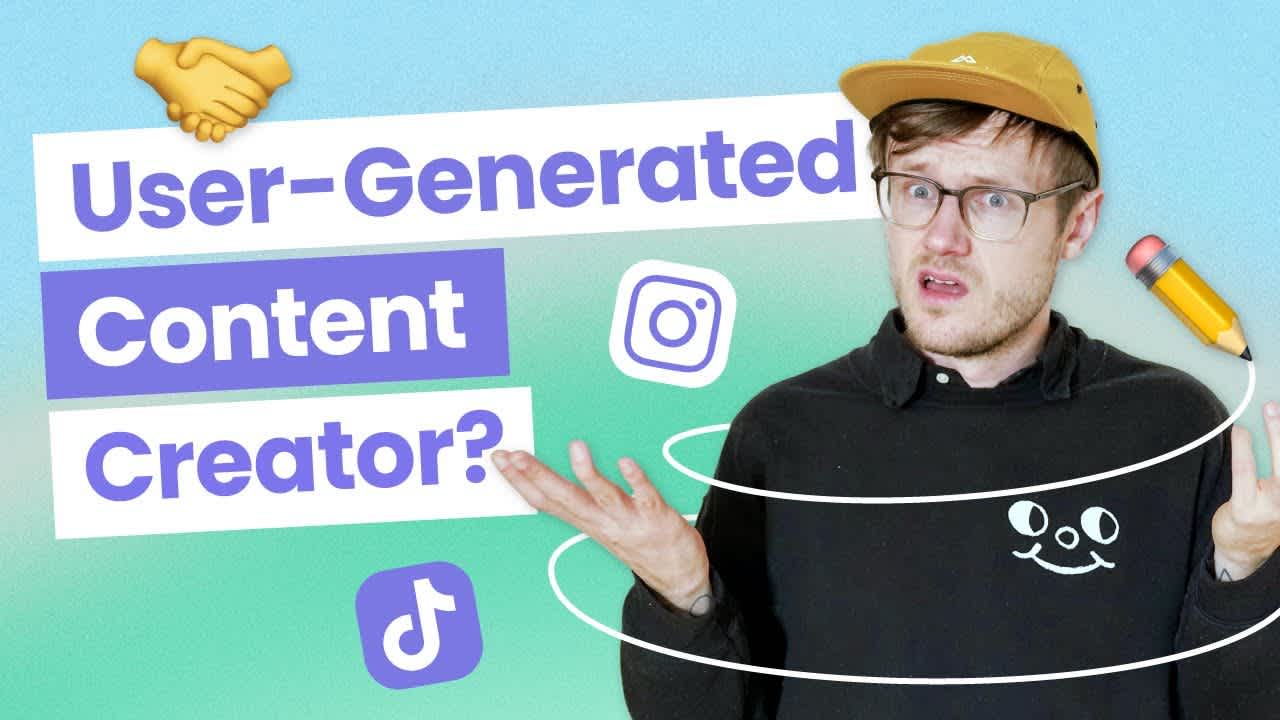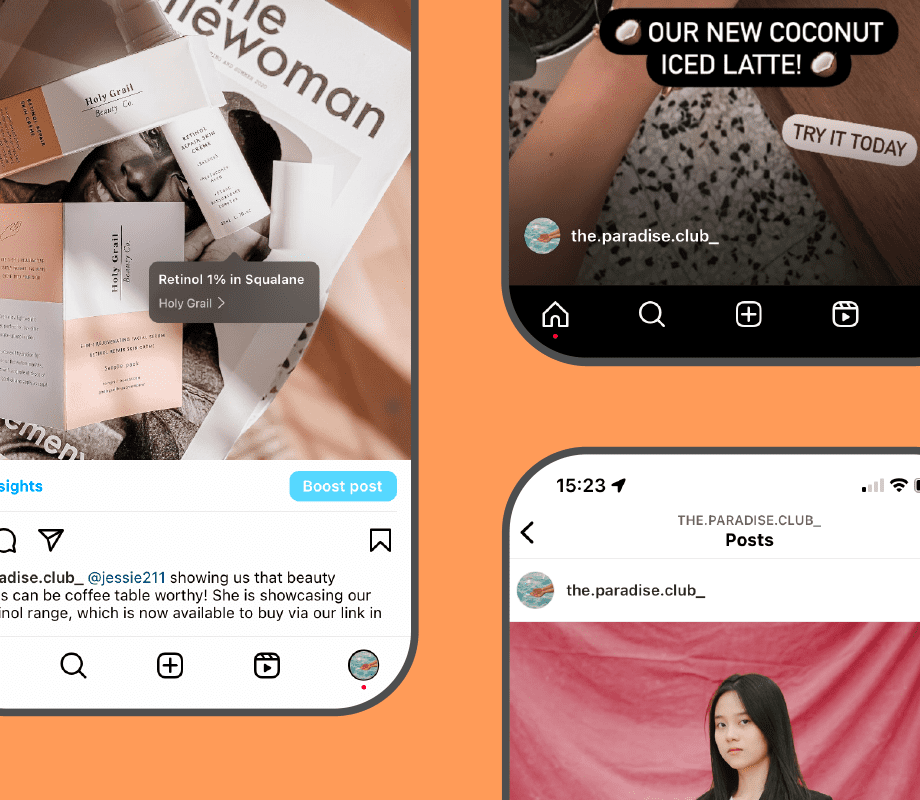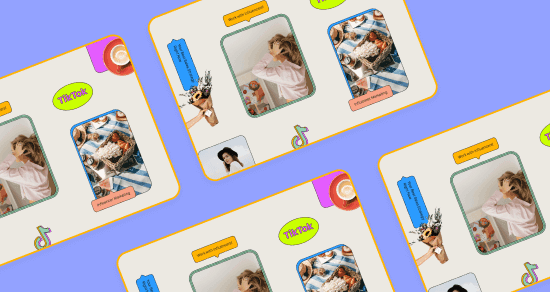Transcript
Introduction
What's going on with this whole UGC creator thing? If you've been on TikTok recently, you've probably heard the term "UGC creator" being thrown around.
But what exactly is a UGC creator and is it a real way to make money? We're diving into the topic and attempting to clear a few things up.
Join over 1 million marketers to get social news, trends, and tips right to your inbox!
Email AddressWhat is UGC?
First things first, let's define what UGC is. Historically, UGC, which stands for User-generated Content, has been defined as content created organically by a brand's follower or consumer. Then the brand can ask that creator for permission to repost it on their page.
Back in the early Instagram days, taking an aesthetic flat lay of products was enough to get a ton of likes. Creators would sometimes create content with brands they wanted to work with. And some creators would even create content featuring brands they hoped to work with, tagging them in the post to get their attention. And if the brand reposted your content, you'd likely get a boost in your own personal following.
Cut to today. Things aren't quite so simple. There's a lot more competition to get your content noticed, especially on Instagram. But for brands, UGC is still an incredible asset. In fact, a 2021 study revealed that 80% of respondents said UGC highly impacts their purchasing decisions. So, this is where the new UGC creators come in.
What is a UGC Creator?
The UGC creator is really just a content creator who specifically creates content that looks like UGC, but it's been paid for. And here's why this is so appealing to creators specifically.
You don't need to grow your following and community to start working with a brand. And oftentimes, you don't even have to show your face. So it's kind of like being an influencer without having to build your own influence.
Sounds pretty good, right? Well, it's also still a gray area because it's not technically organic, which is the original point of UGC. This evolution is really just another word for freelance content creation. That's at least how we define it at Later and freelance content creator Taylor Loren sees it that way too.
Taylor Loren: "Gen-Z has a completely different definition of UGC than the older generation of marketers has. Technically, Gen-Z, you're doing it wrong. So back in the day, UGC stood for user-generated content. Basically, our customers would post our products on social and we would reshare it. And that's UGC."
But, whatever you call it, UGC creator or freelance content creator, brands are paying for more authentic content to drive sales and traffic.
How do you become a UGC Creator?
So how do you become a UGC creator?
First, you'll want to work on your content creation skills. We've seen a lot of UGC creators saying you don't need experience to get started; that's not quite true. Content creation is a skill. It's having an eye for capturing your subject, being aware of lighting, and having an understanding of what type of content performs well on social.
Remember, UGC works well because it looks and feels authentic. If you don't have experience with this, you'll want to do some practicing and research. We'll link some blogs below to help.
Now that we've cleared that up, we've got three tips to help you get started.
Identify brands to work with;
Create content; and
Build your portfolio.
Step #1: Identify brands you want to work with
Before you start creating UGC, make a list of the brands or at the very least, the industry you'd like to create content for. That way, you can study the type of content that these specific brands are creating so you can better fill their content needs.
Step #2: Start creating content
Like we mentioned before, practice makes perfect. Spend some time experimenting with different styles of content, whether it's short-form videos or maybe close-up product photography. You can also share your content on your personal account or create a separate UGC Creator account to help brands find you.
Step #3: Build your portfolio
Lastly, you'll want to create a portfolio. Building a portfolio can help you pitch brands more effectively, highlight your work, and eventually build those long-term collaborations. Some creators recommend using a Canva template to create a portfolio that explains who you are, why the brand needs UGC, and some of your previous work.
How to Find Work as a UGC Creator
Now, when it comes to getting UGC brand collaborations, this process is pretty similar to a more traditional influencer path. You can DM brands directly. Just make sure to keep it short and sweet by grabbing an email address to continue the conversation outside of social.
You can also search the term UGC Creator on Twitter and TikTok to find brands who are looking for creators to work with. And it also helps to optimize your own profile with keywords like "UGC Creator" in your name field on Instagram or TikTok to increase your chances of discovery so that brands can reach out directly to you.
What to Charge as a UGC Creator
This is still a new and evolving area, and we're seeing UGC creators claiming everything from $30 to $300 a video. It really can depend on a variety of factors, but when charging, we recommend you consider how long it takes you to create the content and how the brand will be using your content.
It can also be helpful to connect with fellow UGC creators to get a feel for how much they're charging and find a number that you feel confident with. The more content you create for brands, the easier it will get to decide what's worth your time.
And there you go! A quick crash course in becoming a UGC content creator. We've covered this topic further on the blog, so we'll be sure to link that in the description below. If you have any questions, be sure to drop them in the comments and we'll see you here next week with a new video. Bye.


